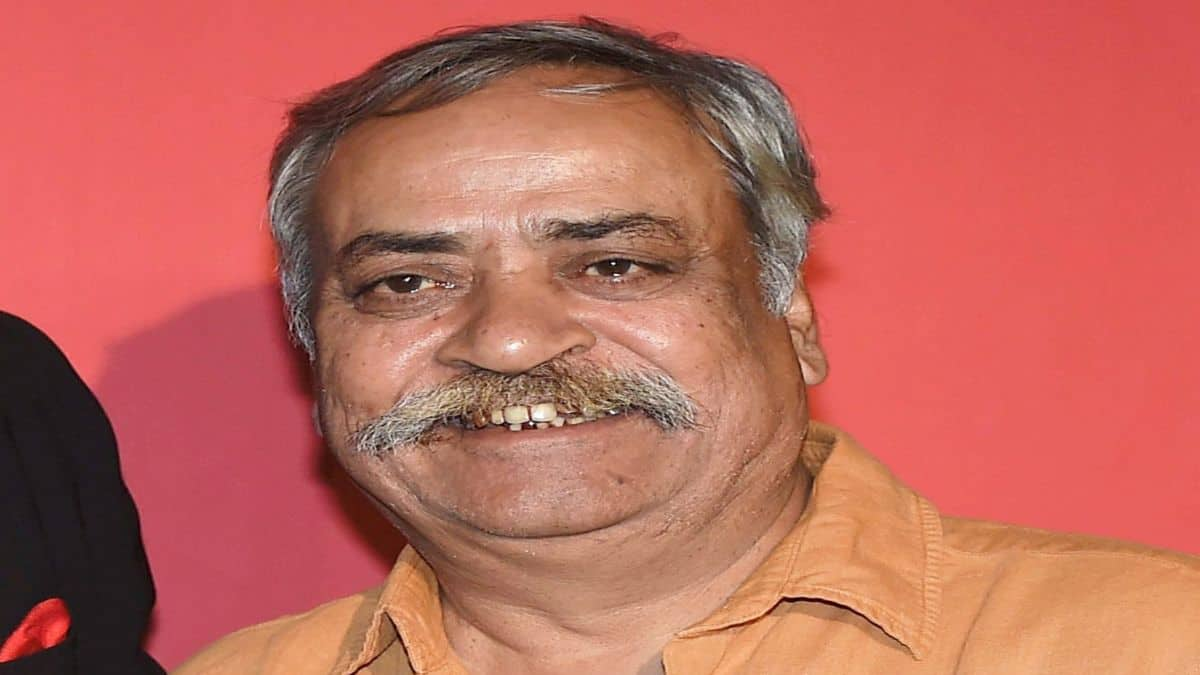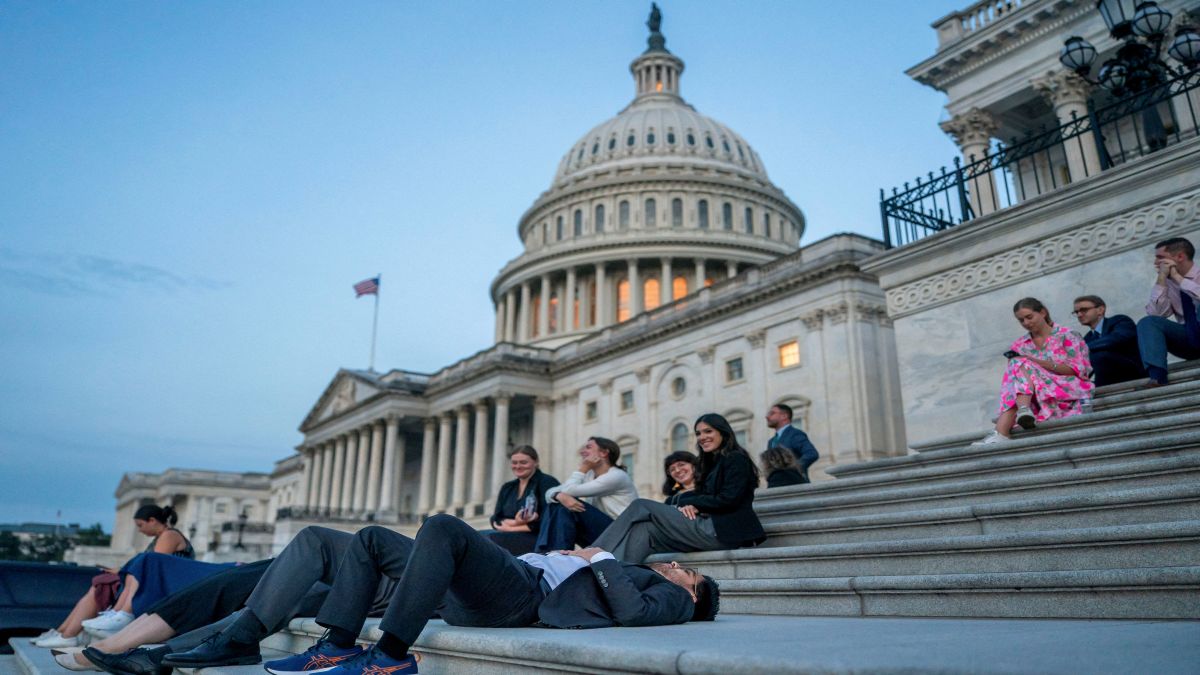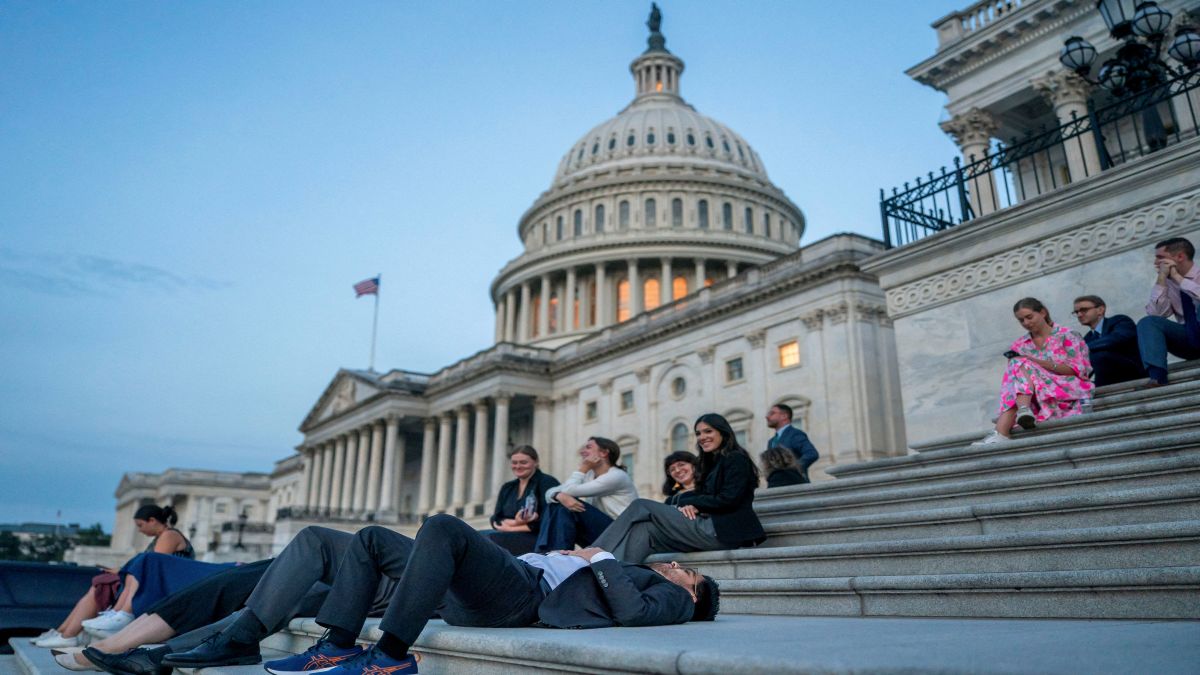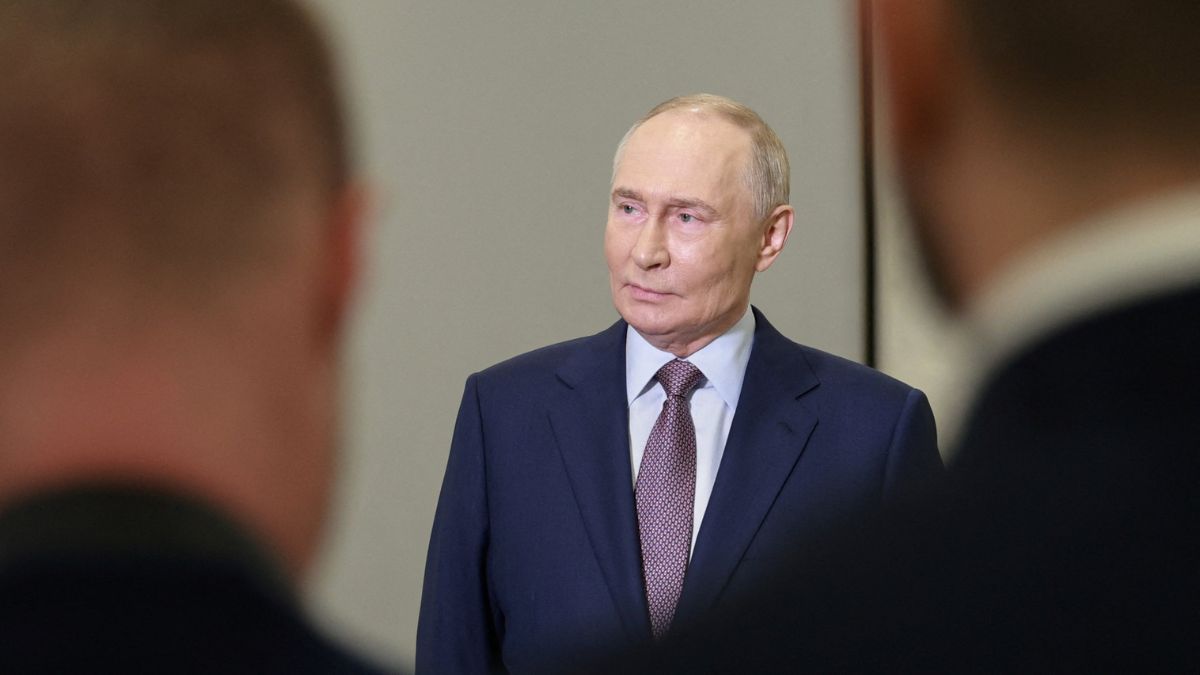Did the United States fly B-1 bombers near Venezuela?
Tension has been ratcheting up between the two countries in recent weeks over the Donald Trump administration carrying out strikes on suspected drug boats in the Caribbean.
Trump has sent warships and sailors to the region, given the CIA the green light to conduct covert operations inside Venezuela, and placed a $50 million (Rs 438.5 crore) bounty on Nicolas Maduro’s head. The Venezuelan president, meanwhile, has hit back by vowing a mass mobilisation and warning that the country has placed 5,000 Russian-made Igla-S anti-aircraft missiles in ‘key air defence positions’.
“Any military force in the world knows the power of the Igla-S and Venezuela has no less than 5,000,” Maduro said during an interview. He added that they have been deployed across the country “even in the last mountain, the last town, and the last city of the territory.”
Now, there are reports that two US Air Force B-1 bombers conducted a training mission off the coast of Venezuela. The development comes just a week after three US B-52 bombers were seen flying in the area for several hours.
But what do we know? What has Trump said?
Let’s take a closer look.
What we know
On Thursday, two B-1 bombers were witnessed taking off from the Dyess Air Force Base in Texas. The bombers, using the callsigns BARB21 and BARB22, are said to have headed towards the Caribbean. The craft initially had their transponders on.
Sources told ABC News that the bombers conducted ‘extensive flight operations’ in international airspace. A source described this development as a show of force – similar to last week’s B-52 mission.
Data from tracking website Flightradar24 confirmed that at least one B-1 bomber flew toward the Venezuelan coast before making a U-turn and heading north, after which it disappeared from view.
C-135 tankers were also traced leaving Florida’s MacDill Air Force Base an hour and a half later. An RC-135 intelligence, surveillance, and reconnaissance aircraft was also seen in the area.
Asked during a White House event whether the administration had sent the B-1 bombers to increase pressure on Venezuela, Trump said, “it’s false.” The United States is “not happy with Venezuela for a lot of reasons,” he added.
Some suspect that the recent moves by the Trump administration signal a desire to enact ‘regime change’ in Venezuela, where the Trump administration has claimed it is in an ‘armed conflict’ with drug cartels. Ironically, this comes after Trump and his administration spent months campaigning for the Nobel Peace Prize and styling himself as the ‘peace president’.
The B-52s last week were accompanied by US Marine Corps F-35B Joint Strike Fighters. The US Air Force later confirmed it was a training mission.
The US military called that mission a demonstration of Washington’s commitment “to proactively deter adversary threats, enhance crew training, and ensure the global force readiness necessary to respond to any contingency or challenge.”
US personnel and strikes in region
The United States has deployed 10,000 personnel, nearly a dozen F-35 stealth fighters and almost as many navy ships to the region as part of what it labels counter-narcotics efforts. However, it has yet to release any evidence that its targets – eight boats and a semi-submersible – were smuggling drugs.
The US strikes, which began on 2 September and have mostly been in the Caribbean, have left at least three dozen dead. Strikes have now expanded into the Eastern Pacific Ocean.
However, politicians in the US, both Republicans and Democrats, have questioned the legality of such strikes.
Regional tensions have flared as a result of the campaign, with Venezuela accusing the United States of plotting to overthrow President Nicolas Maduro, who said Wednesday that his country has 5,000 Russian man-portable surface-to-air missiles to counter US forces.
Military documents have revealed that Venezuela indeed possesses a stockpile of 5,000 Russian-made MANPADS surface-to-air weapons – the largest known cache of the weapons in Latin America.
A former senior army general and minister, who asked not to be named because of the sensitivity of the information, has said these MANPADS missiles are held mainly on the coast due to government fears of a US attack. He added that Venezuela also holds 1,500 launchers, or grip stocks, which are fundamental to the operation of the missiles.
Experts say Venezuela can’t possibly hope to match the US, which remains the biggest spender and most powerful military on Earth, when it comes to a conventional battle.
Experts have claimed that the military is likely ‘in shambles’ with their submarines and surface vessels probably inoperable.
However, its Russian-made missiles and jets could easily target US ships and aircraft. Its militia, in case of a ground invasion, will also look to tie down US forces in the urban environme
With inputs from agencies


)

)
)
)
)
)
)
)
)



